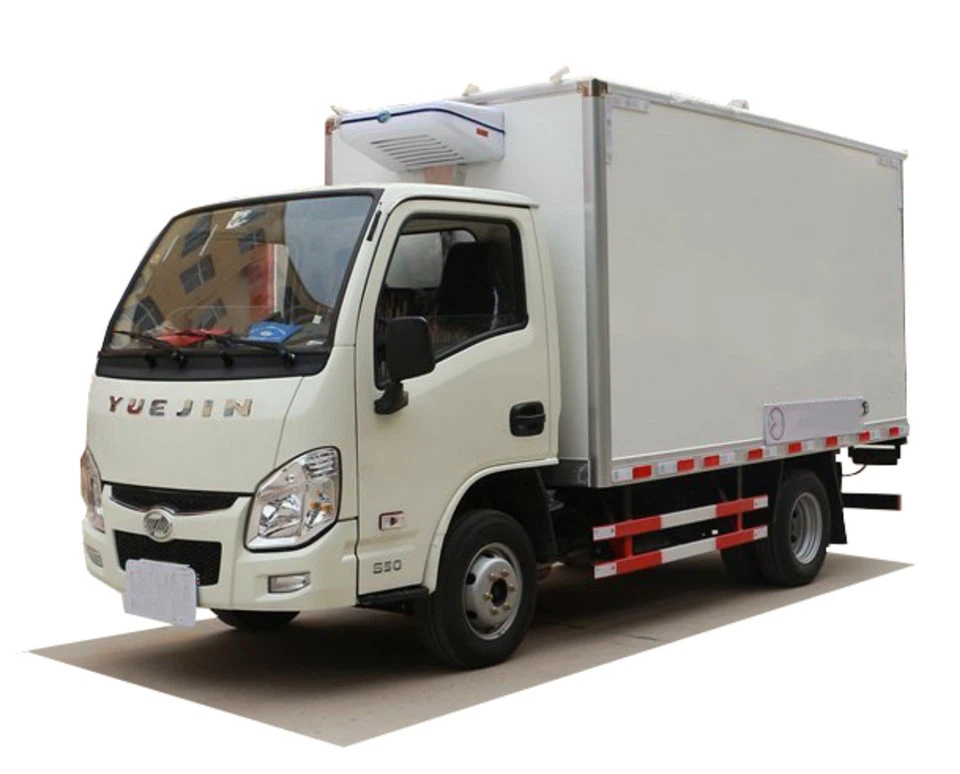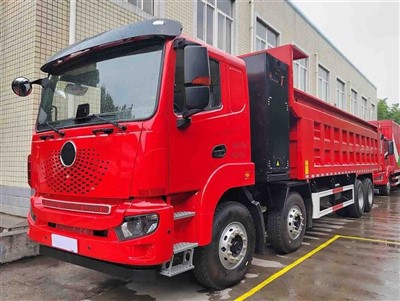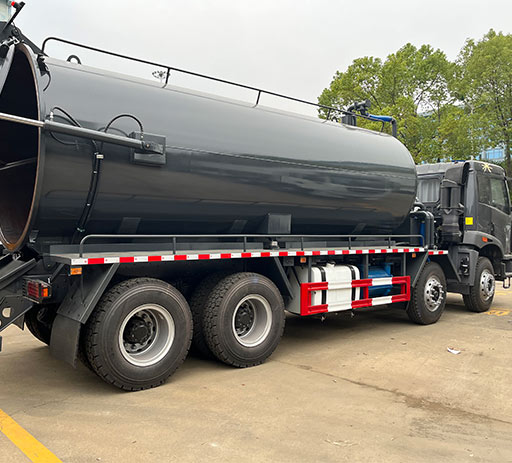Understanding Fire Vehicle Dimensions: A Comprehensive Guide

Introduction
Fire vehicle dimensions are a critical aspect of emergency response planning and operations. They play a vital role in determining the vehicle’s maneuverability, operational capabilities, and suitability for various firefighting situations. Understanding these dimensions is essential not only for fire departments but also for urban planners, architects, and even vehicle manufacturers. This article will explore the various types of fire vehicles, their dimensions, regulations governing these dimensions, and tips for choosing the right fire vehicle for specific needs.
Types of Fire Vehicles
Fire vehicles come in various types, each designed for specific functions within firefighting and emergency response. Here are the most common types and their distinct characteristics:
1. Fire Engines
Fire engines primarily serve the purpose of transporting firefighters and firefighting equipment to the scene of an emergency. They are typically equipped with water tanks, pumps, and hoses.
Dimensions
- Length: Approximately 25-35 feet
- Width: Average 8-10 feet
- Height: Around 9-12 feet
2. Fire Trucks
Fire trucks are specialized vehicles often equipped with ladders and other rescue tools. They are utilized in situations requiring elevated access to rescue or extinguish fires in high-rise buildings.
Dimensions
- Length: Often 28-40 feet
- Width: About 8-10 feet
- Height: 10-12 feet

3. Wildfire or Brush Trucks
These trucks are built for rugged terrains, allowing firefighters to reach areas that are hard to access with traditional fire vehicles. They often feature four-wheel drive and increased clearance.
Dimensions
- Length: 20-25 feet
- Width: Typically 7-8 feet
- Height: Around 9-10 feet
4. Aerial Trucks
Aerial trucks are designed to reach high places with their extending ladders or platforms. They provide critical access for firefighting in high-rise buildings and other elevated structures.
Dimensions
- Length: About 40-55 feet
- Width: 8-10 feet
- Height: Approximately 12-14 feet
Importance of Fire Vehicle Dimensions
The dimensions of fire vehicles significantly affect their performance in real-world scenarios:

1. Operational Efficiency
The size and layout of fire vehicles directly impact maneuverability and ease of access. For urban areas with narrow streets, compact fire engines may be preferred over larger vehicles.
2. Storage and Deployment

Fire stations must have adequate space to accommodate various fire vehicles. Proper dimensions ensure that vehicles fit into bays and can be deployed quickly without obstructions.
3. Compliance with Regulations
Local fire codes and regulations may specify minimum standards for fire vehicle dimensions based on geographical and infrastructural needs. Understanding these standards ensures compliance and safety.
Regulatory Standards for Fire Vehicle Dimensions
Different regions have unique regulations governing the dimensions of fire vehicles. Understanding these can promote effective planning and construction of firefighting infrastructures:
1. National Fire Protection Association (NFPA)
The NFPA provides guidelines for fire apparatus constructed to respond to emergencies. These include standards on vehicle height, weight, and turning radii.
2. International Fire Code (IFC)
The IFC outlines fire vehicle access requirements, which can affect local emergency response plans. This includes specifications for the width of access roads and the height of structures.
3. Local Regulations
It’s important for fire departments to research and comply with local and state regulations, which may have specific requirements relevant to fire vehicle dimensions.
Practical Examples of Fire Vehicle Dimensions Worldwide
Understanding fire vehicle dimensions can be easier when contextualized through practical examples. Here are some notable examples of fire vehicles from around the world:
1. American Fire Engine
| Type | Length | Width | Height |
|---|---|---|---|
| Fire Engine | 32 feet | 8.5 feet | 11 feet |
2. European Fire Truck
| Type | Length | Width | Height |
|---|---|---|---|
| Fire Truck | 30 feet | 8 feet | 10.5 feet |
3. Brush Truck in Australia
| Type | Length | Width | Height |
|---|---|---|---|
| Brush Truck | 24 feet | 7 feet | 9 feet |
Choosing the Right Fire Vehicle
Selecting the appropriate fire vehicle involves various factors that extend beyond mere dimensions. Here are some practical tips to consider:
1. Assess the Operational Needs
Understanding the specific requirements of your community or facility is crucial. Consider factors such as building heights, access points, and typical fire hazards.
2. Evaluate the Geographical Area
Regions prone to wildfires may benefit more from brush trucks, while urban areas require fire engines with flexible dimensions to maneuver through tight spaces.
3. Future-Proof the Purchase
When acquiring fire vehicles, consider potential changes in community infrastructure. Investing in adaptable dimensions could save costs in the long run.
Maintenance and Upgrades
Maintaining your fire vehicles and determining when upgrades are needed is an integral part of operational efficiency. Here are some guidelines:
1. Regular Inspections
Conduct regular technical inspections to ensure that the vehicle is functioning at optimal performance. This includes checking the brakes, hoses, and pumps.
2. Upgrading Equipment
As technology advances, upgrading the firefighting equipment on vehicles may enhance operational efficiencies. Consider adding modern firefighting technology such as thermal imaging cameras.
3. Training Personnel
Ensure that all firefighters are trained to operate the fire vehicles effectively. Regular training sessions can reinforce safety and operational capabilities.
Frequently Asked Questions (FAQs)
1. What are the common dimensions for standard fire engines?
Standard fire engines typically measure about 25-35 feet in length, 8-10 feet in width, and 9-12 feet in height.
2. How do fire vehicle dimensions affect their maneuverability?
Larger vehicles may struggle to navigate narrow streets or tight corners, which can delay response times in emergencies.
3. Are there regulations on fire vehicle dimensions?
Yes, local and national regulations, such as those provided by the NFPA and IFC, dictate the standard dimensions for fire vehicles to ensure safety and effectiveness in emergencies.
4. How can we determine the right fire vehicle for our area?
Evaluate your community’s specific firefighting needs, geographical challenges, and infrastructure when selecting the right fire vehicle size and type.
5. What should we consider when maintaining fire vehicles?
Regular inspections of mechanical systems, upgrading equipment as technology evolves, and ensuring that personnel are trained in operational practices are crucial for maintenance.
6. What are the implications of oversized fire vehicles?
Oversized fire vehicles may not fit in designated fire stations and can have difficulty reaching certain locations quickly, potentially hindering emergency response efforts.
